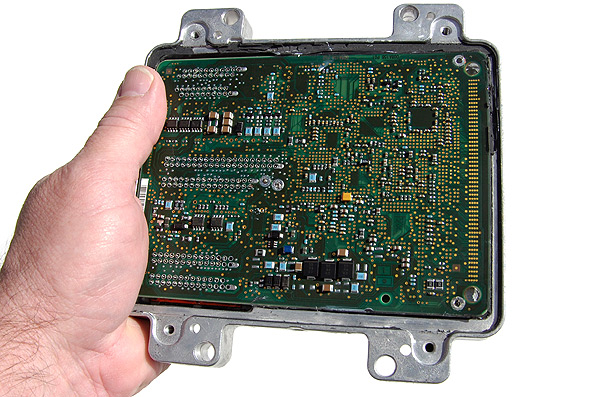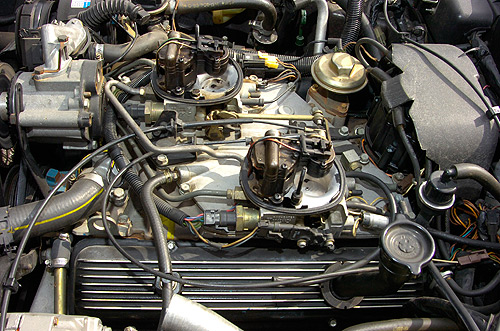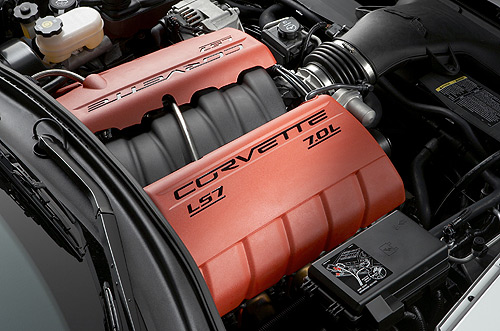A Dose of Digital: Part 1 - The Basics - Page 1 of 5
 |
Might not look like much, but this is a serious dose of digital: the guts of an '05 Vette ECM Image: Author |
© 2010 by Hib Halverson
No use without permission, All Rights Reserved
![]() Discuss this article
Discuss this article
With this article, the Corvette Action Center begins a multi-part series on engine controls diagnostics. As with many of the recent feature technical articles posted on the CAC, we are indebted to Andy Bolig, former Editor of the now-defunct magazine, Corvette Enthusiast. During the magazine's tenure, Andy was generous in allowing the CAC to post revised versions of this series which was originally published in CE in 2007 and 2008.
The 1980 introduction of digital, electronic engine controls had significant impact on Corvette do-it-yourselfers (DIY). By no means was service impossible for DIYs but tools are more costly, tasks more time consuming, greater technical knowledge is required and comprehensive service data is a must.
After a quarter century, "those darn computers" still intimidate a fair number of Vettesters. In this series, to mitigate that intimidation, we're offering some basics of diagnostics. But, let's be realistic-it's impossible in a few articles here on the Corvette Action Center to fully explain how engine controls work. That will have to be supplemented by books and the Internet. We, also, can't teach all about their fault diagnosis as, again, that would be a fool's errand, considering we have a dozen or so pages on the CAC but Corvette factory service manuals (FSM) devote, on average, 1000 pages to the subject.
So, look at these articles as a starting point on you quest for Corvette DIY diagnostic knowledge.
What are they?
Every Corvette sold in California since 1980 and nationwide since 1981 has digital, electronic engine controls. The term is literal-a digital computer controls engine functions such as fuel delivery, spark advance, exhaust emissions controls and cooling.
The system has four major components: 1) a small computer, which engineers sometimes call a "controller" but is officially termed "electronic control module" (ECM) or, if the car, also, has electronic transmission controls, "powertrain control module" (PCM), 2) sensors, which gather data, 3) actuators, which operate devices and 4) wiring which links everything. Imagine an ECM as the brain and heart of the system. Sensors are eyes, nose, ears and sense of touch. Actuators are muscles. The wiring is a cross between nerves and veins.


